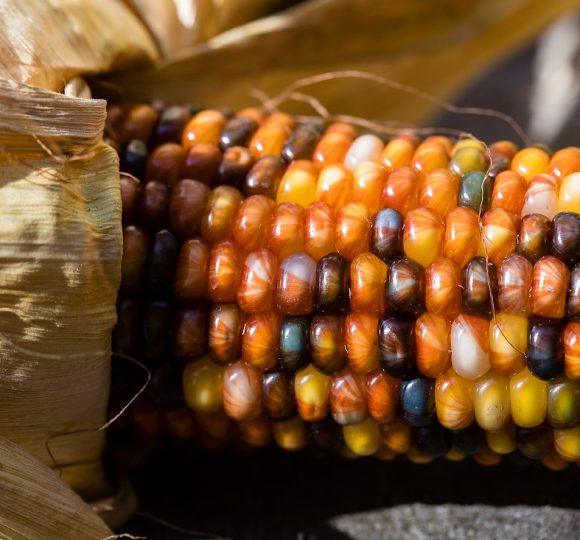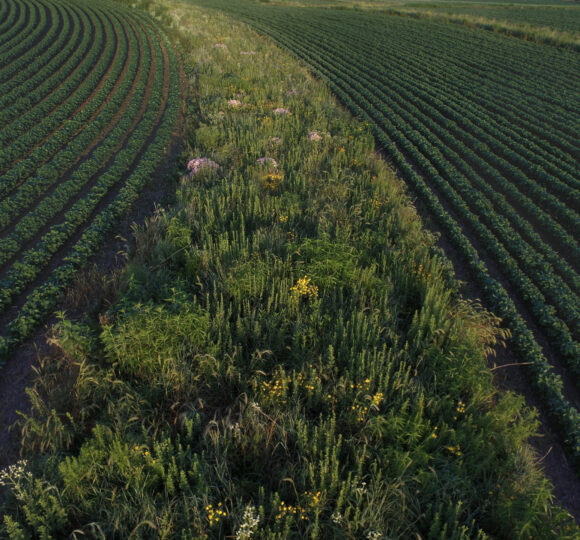Private ownership of land in the United States comes with a bundle of rights and responsibilities. The bundle of rights usually includes the right to subdivide and develop the land. However, this right can sometimes be inconsistent with other social objectives, such as provision of wildlife habitat, preservation of farmland or certain ecological resources, protection of historically significant areas and scenic views, and prevention of development on highly erodible slopes or in difficult soils.
Regulating private land uses to achieve these social objectives generally falls to local governments. Local governments in the United States regulate in a variety of ways, but the primary instrument is zoning laws, which establish the allowable uses on particular parcels of land and the intensity of those uses. One planning tool that can be used in combination with zoning is a system of transferable development rights. Tdrs allow ownership of the development rights on a privately owned parcel of land to be separated from ownership of the parcel itself. These rights can then be transferred from that property to another in a different location. Having transferred the development rights, the landowner is restricted from developing his land, usually by means of a conservation easement or restrictive covenant. The person to whom the rights are transferred— in most cases a real estate developer—uses them to develop another piece of property more intensively than allowed by its baseline zoning.
TDRs sound relatively simple in concept—development is transferred from one location to another—but they have often been difficult to implement effectively in practice. Among the approximately 140 tdr programs in existence in the United States, program designs differ greatly, and the results have varied from virtually no transfers at all (and thus no land protected from development) to preservation of 49,000 acres.
In this report, the authors carry out detailed case studies of 10 programs. The programs include five in Maryland (Calvert, Montgomery, Queen Anne’s, St Mary’s, and Charles counties), two in Florida (Collier and Sarasota counties), and programs in Malibu, California; King County, Washington; and Chesterfield Township, New Jersey. They focus on a range of land use goals, including farmland preservation, prevention of development on environmentally sensitive lands, and curtailing of sprawl. Some have been effective and have preserved or protected land as intended, but others have not lived up to expectations. Their experience to date and the evolution of programs and innovative ideas provide useful lessons for other jurisdictions considering the use of tdrs. For each program, we describe its genesis, features, and outcomes, and we evaluate the program design and assess reasons for success or failure.





